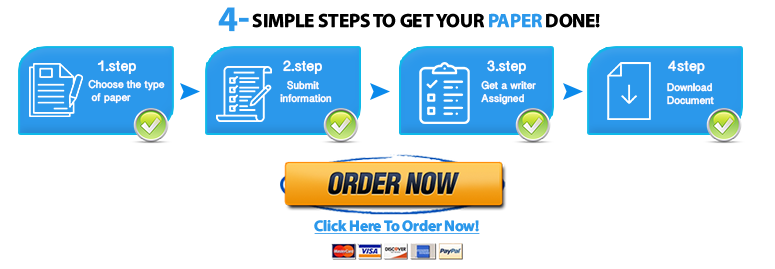Topic: Entering Data
The textbook for this course provides a good foundation, presenting statistical concepts in plain English rather than technical jargon, which sometimes plagues statistics books. However, your ultimate goal in this course is to learn how to use the SPSS software. Therefore, the textbook alone is not sufficient.
Each module of this course contains videos that demonstrate the skills required in the Discussions and/or Applications. Be sure to study these videos just as closely as you study the material in your textbook, because they demonstrate how to apply the textbook concepts within the framework of the SPSS software. For example, Chapter 1 of the textbook describes different types of statistical data, but it does not explain how to define variables of different data types in SPSS. The videos provide the crucial link between theoretical statistical concepts and practical statistical application in SPSS.
Before you participate in this Discussion, complete each of the following tasks:
Save your time - order a paper!
Get your paper written from scratch within the tight deadline. Our service is a reliable solution to all your troubles. Place an order on any task and we will take care of it. You won’t have to worry about the quality and deadlines
Order Paper NowRead the assigned portion of the textbook.
Watch the demonstration videos provided in the Learning Resources.
Review the end-of-chapter Review Questions and Exercises on pages 13-18, which are designed to help you practice—and assess your understanding of—the concepts presented in the chapter.
Complete the following assigned Study Questions, for which answers are provided in the Learning Resources:
Review Questions 1.3, 1.4, 1.10, and 1.11
Exercises 1.8, 1.10, and 1.14
While you may find it helpful to complete all of the Review Questions and Exercises, you must complete at least the specific questions identified in the preceding list. Note that solutions to these exercises are provided in the Solutions for Study Questions document in the Learning Resources. These solutions are useful for checking your work and for demonstrating how you should approach all of the questions at the end of the chapter.
Once you have completed the required tasks, engage in a Discussion with your colleagues. While posting and comparing answers may be helpful, you may be better served by asking specific questions about the concepts and procedures in the exercises. For example, rather than asking, “Did everyone else think that 1.10(c) is ordinal?” you might ask, “Can someone please explain the difference between quantitative and ordinal data? Aren’t they both just numbers? How can I tell them apart?”
Your posts in the Discussion may include questions or insights about the required reading, the demonstration video, the assigned Study Questions, the solutions for the assigned Study Questions, or any combination thereof. If you do not have questions about the assignment and believe that you have mastered the material for this module, use the Discussion to answer your colleagues’ questions, offering insight, advice, strategies, and assistance.
Whether you are assisting your colleagues or asking for assistance, you must participate in the Discussions in each module, completing an initial post intended to spark a conversation and then following through on your post by interacting with your colleagues.
This Discussion will be available from Day 1 of Week 2 through Day 7 of Week 3 of this module. You are required to submit your initial post by Day 5 of Week 2. You are encouraged to post early. Once you have submitted your initial post, start engaging in a discussion with your colleagues. Begin engaging with your colleagues by no later than Day 7 of Week 2 and continue to interact frequently with your colleagues through Day 7 of Week 3. Part of what makes a Discussion a discussion and not a lecture is the back-and-forth, in-depth, animated interaction of at least two people. If you start a topic and none of your colleagues are responding, consider what you can do to get the conversation going. Include something that would elicit further thoughts and different opinions from colleagues. See your Discussion rubric for specific grading requirements.
"Looking for a Similar Assignment? Order now and Get 10% Discount! Use Code "Newclient"




